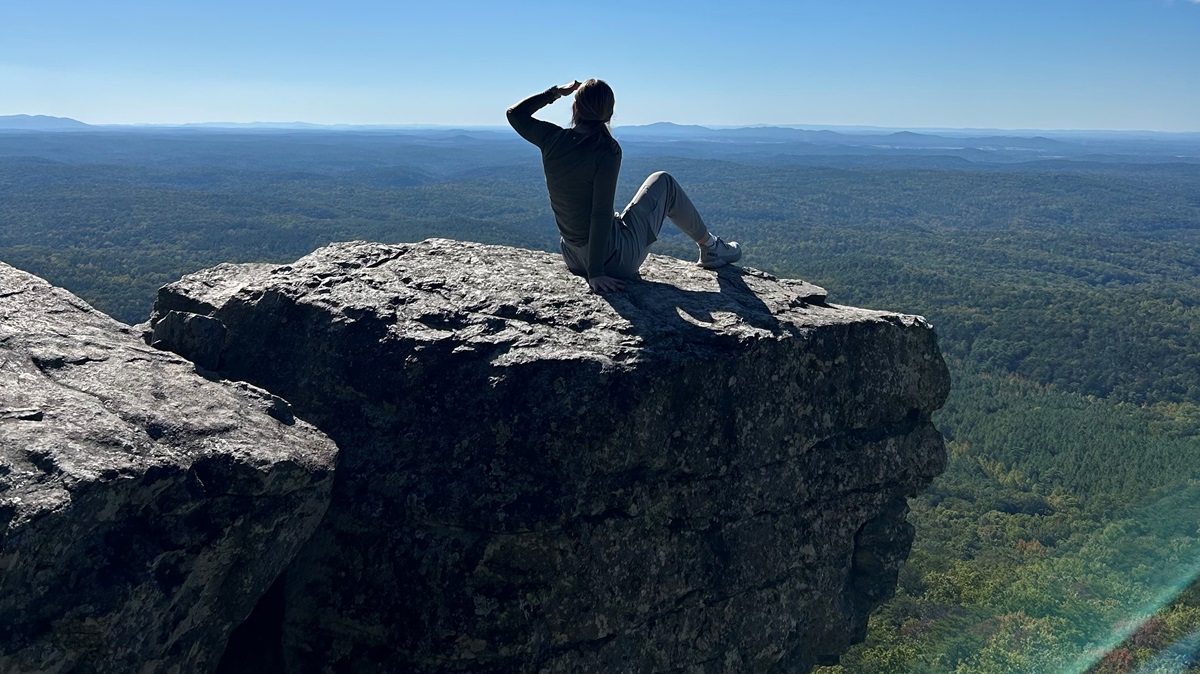Dec. 4, 1935
It took the Tennessee Valley Authority more than three years to complete Guntersville Dam, which gave Alabama its largest lake. The structure is 94 feet tall, and almost 4,000 feet wide. Before the dam, the Tennessee River was shallow in that section of Marshall County, and area farmers alternated between losing crops to droughts and losing crops to flooding.
As part of The New Deal, the Guntersville project had three purposes: make the river more navigable for trade; mitigate flooding; and generate electricity to stimulate growth. But before they could build the state’s largest lake, the TVA had to commission the state’s largest archaeology project. Thousands of artifacts from Cherokee sites were preserved and cataloged before the area above the dam was submerged.
Read more at Encyclopedia of Alabama.

Generator hall in the Guntersville Dam powerhouse, between 1933 and 1945. (Library of Congress Prints and Photographs Division)

Guntersville Dam on the Tennessee River, Guntersville, 2010. (The George F. Landegger Collection of Alabama Photographs in Carol M. Highsmith’s America, Library of Congress, Prints and Photographs Division)

Guntersville Dam in Marshall County was built across the Tennessee River by the Tennessee Valley Authority in 1939, creating Lake Guntersville. The dam is almost 100 feet in height and nearly 4,000 feet wide and impounds the lake’s 69,000 acres. (From Encyclopedia of Alabama, photograph by Alan Cressler)

Guntersville Lake is the largest lake in Alabama, covering more than 65,000 acres. The reservoir was created by the damming of the Tennessee River, and stretches 75 miles from Nickajack Dam near Chattanooga, Tennessee, to Guntersville Dam in Marshall County. (From Encyclopedia of Alabama, courtesy of Wesley Thomas)

Lake Guntersville, 2010. (The George F. Landegger Collection of Alabama Photographs in Carol M. Highsmith’s America, Library of Congress, Prints and Photographs Division)

Sailboats on Lake Guntersville, 2010. (The George F. Landegger Collection of Alabama Photographs in Carol M. Highsmith’s America, Library of Congress, Prints and Photographs Division)
For more on Alabama’s Bicentennial, visit Alabama 200.












